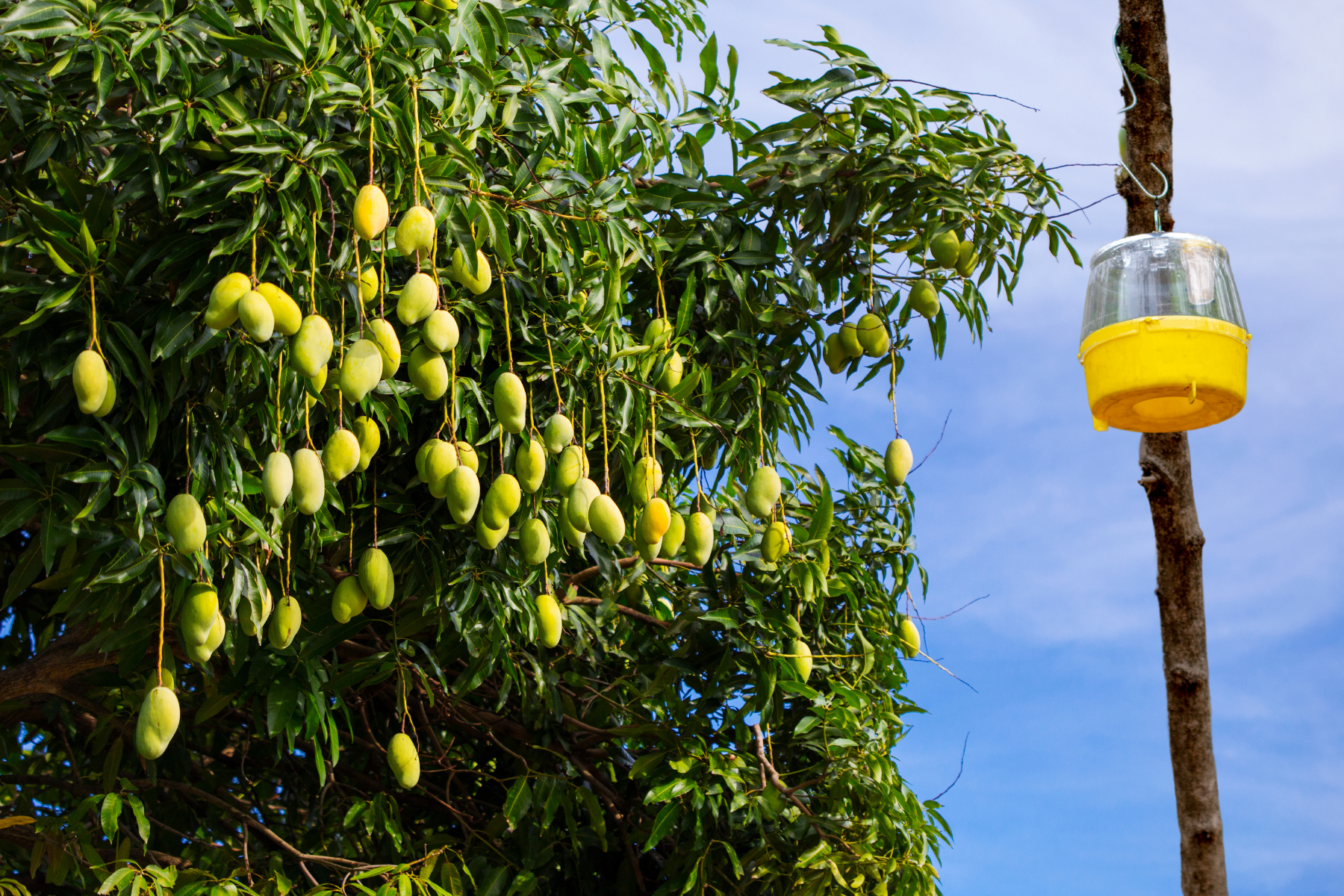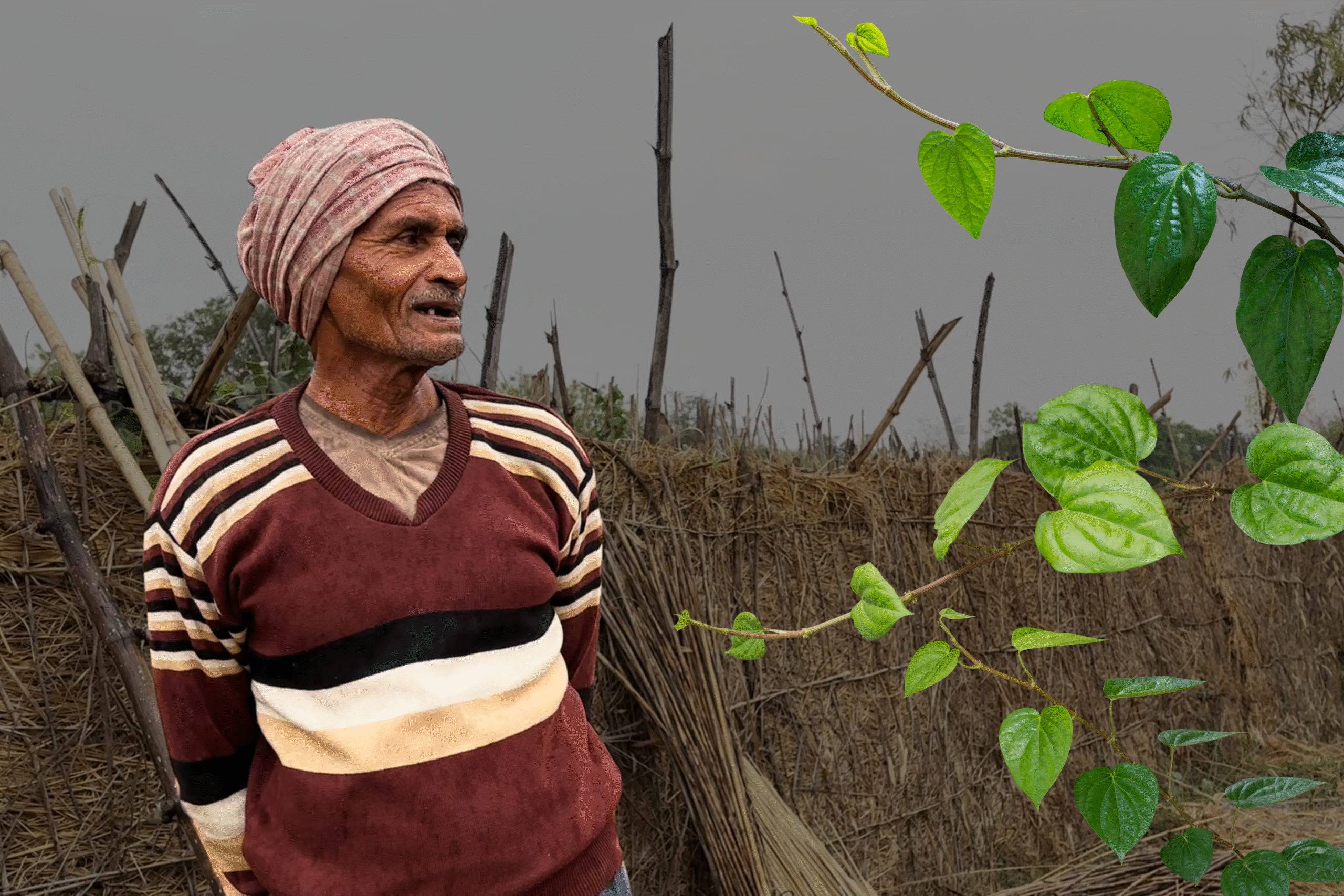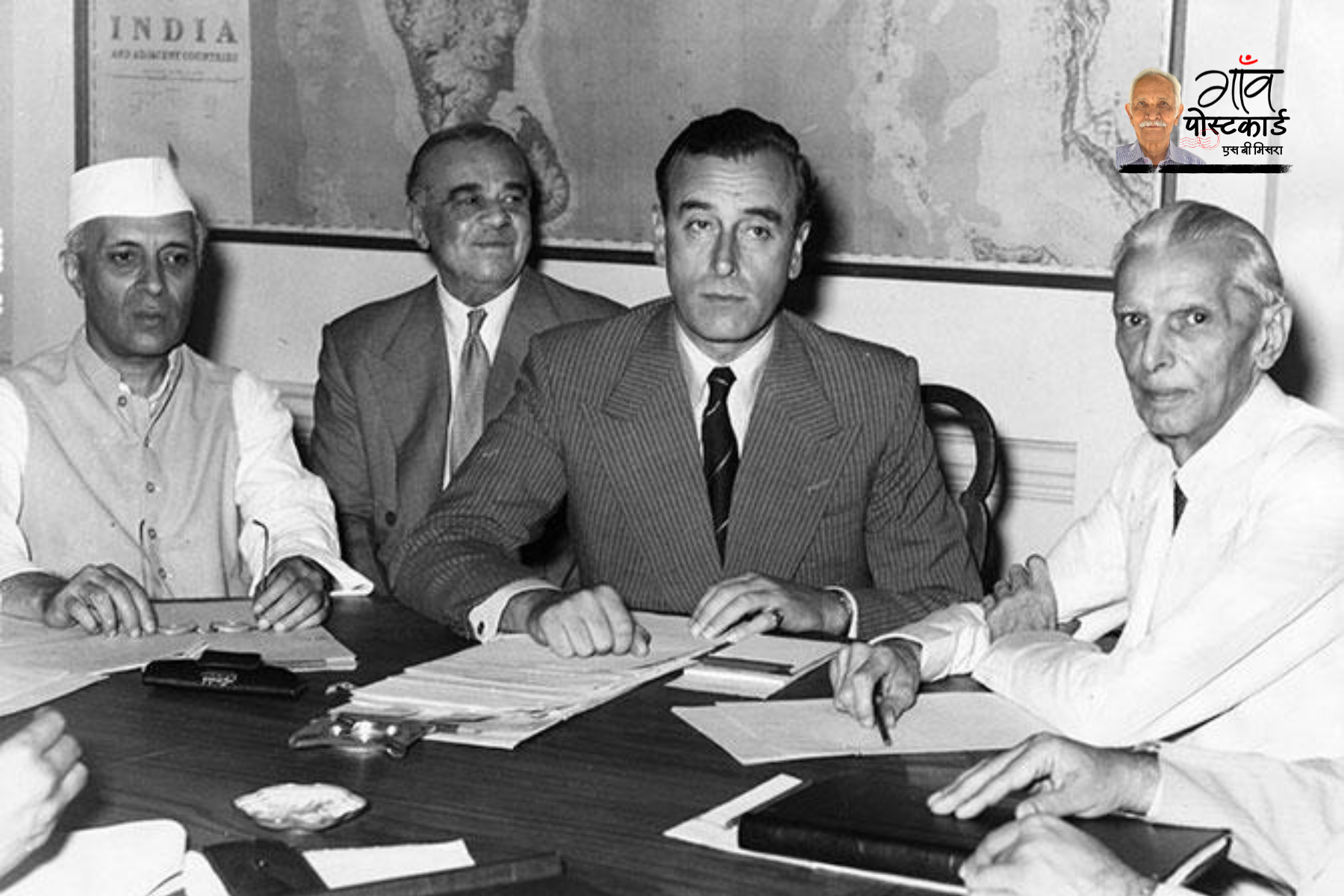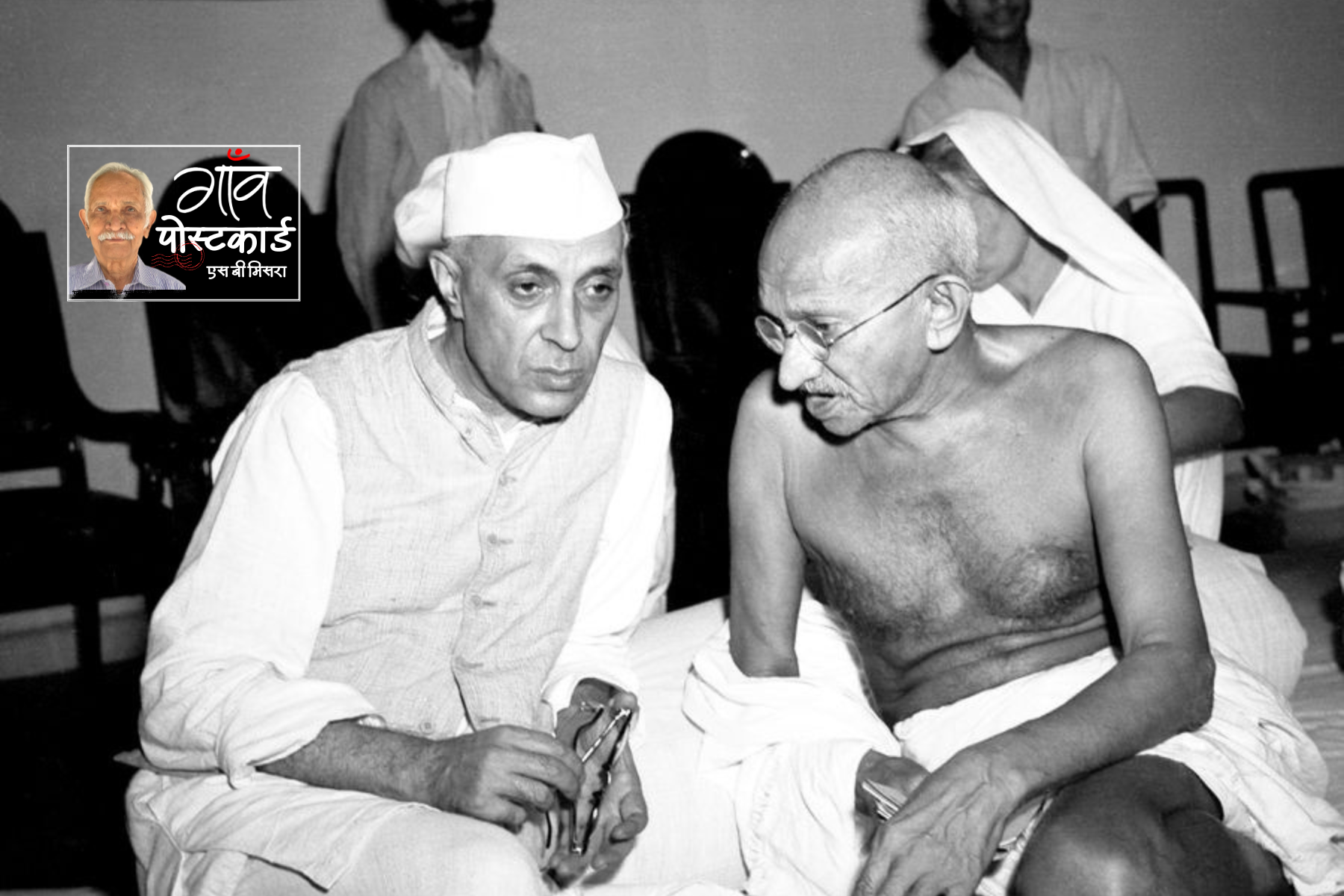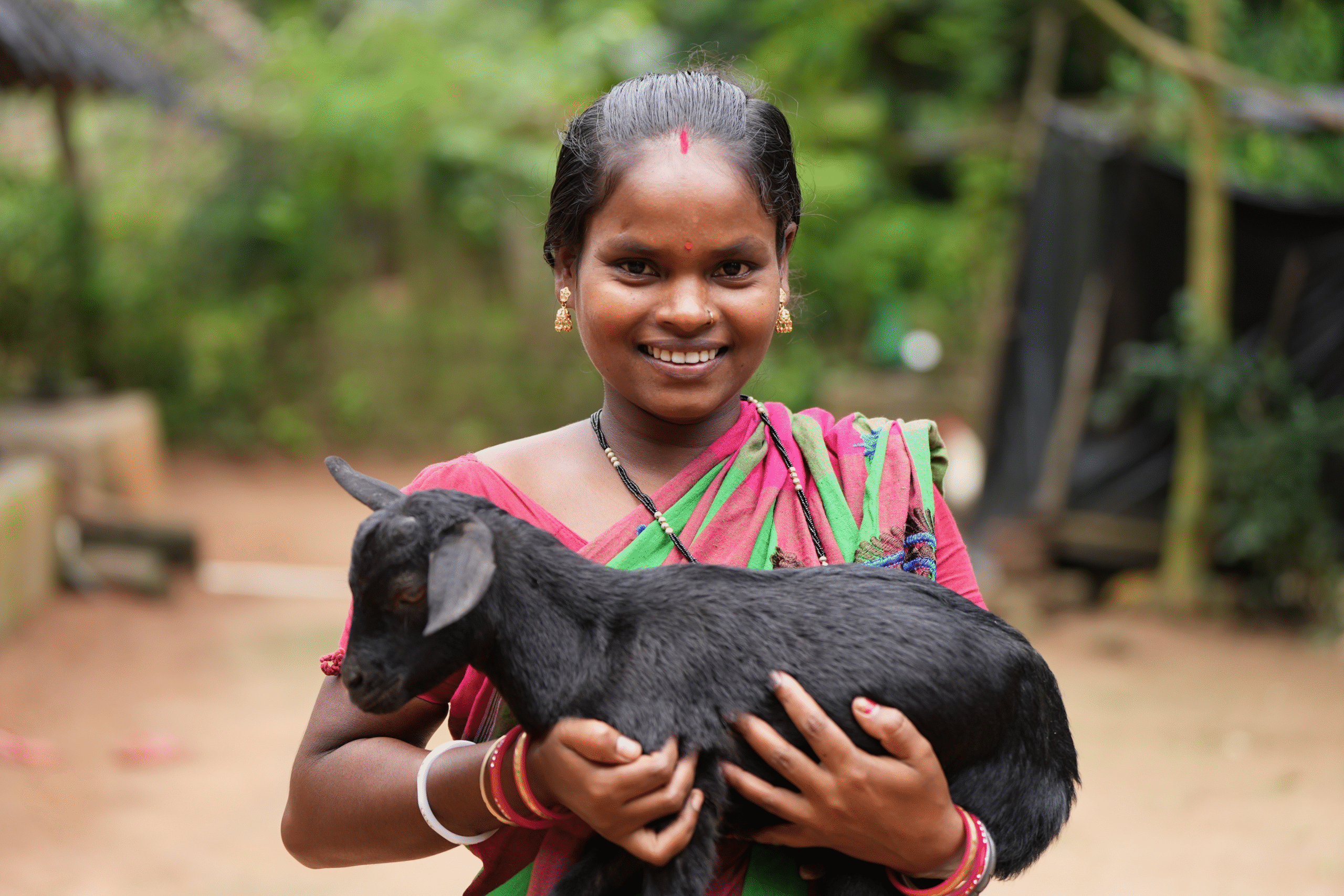Anil Kamboj was among the five odd farmers who were selected by Indian Council of Agricultural Research – Indian Institute of Wheat and Barley Research (ICAR-IIWBR) to go to Australia as a part of the collaboration with wheat farmers of the island continent. One of the take-aways for Kamboj from his visit was the polyhouse farming that he witnessed in Australia.
“When I first saw a polyhouse, I wondered how such a structure was put up on a huge piece of land. I thought that only a rich farmer could afford to start something like this, and it was like a dream,” Kamboj, who visited Australia in 2010, said.
In 2011, Kamboj had a chance to turn that dream into reality. “When the Haryana government came up with a scheme to provide a 65 per cent subsidy to the farmers for setting up a polyhouse, I jumped at the opportunity,” Kamboj recalled.
Today, he cultivates flowers, bell-pepper and cauliflower in his hi-tech polyhouse and earns great profits. He told Gaon Connection that polyhouse farming changed the face of agriculture for him.
The profitability ratio, according to Kamboj, in polyhouse farming is very high. “Ever since I have started working at the polyhouse, if I am not left with at least five lakh rupees from one acre, after paying for all the expenditure, I feel I haven’t earned anything,” the Karnal farmer said.
“If I talk about the situation ten years ago then I would say there was wheat, paddy, sugarcane and even if one saved Rs 10,000 it was quite an achievement. Traditional open field farming doesn’t really get us anything,” he pointed out.
Also Read: An all woman farmers’ company scripts success in Tamil Nadu’s Salem
Polyhouse farming
Polyhouse farming involves building a covered structure of either glass or plastic. The translucent structure allows the farmer to grow plants in controlled environmental conditions. The structure of the polyhouse also shields the crops from a variety of external conditions that might cause significant damage to the crops.
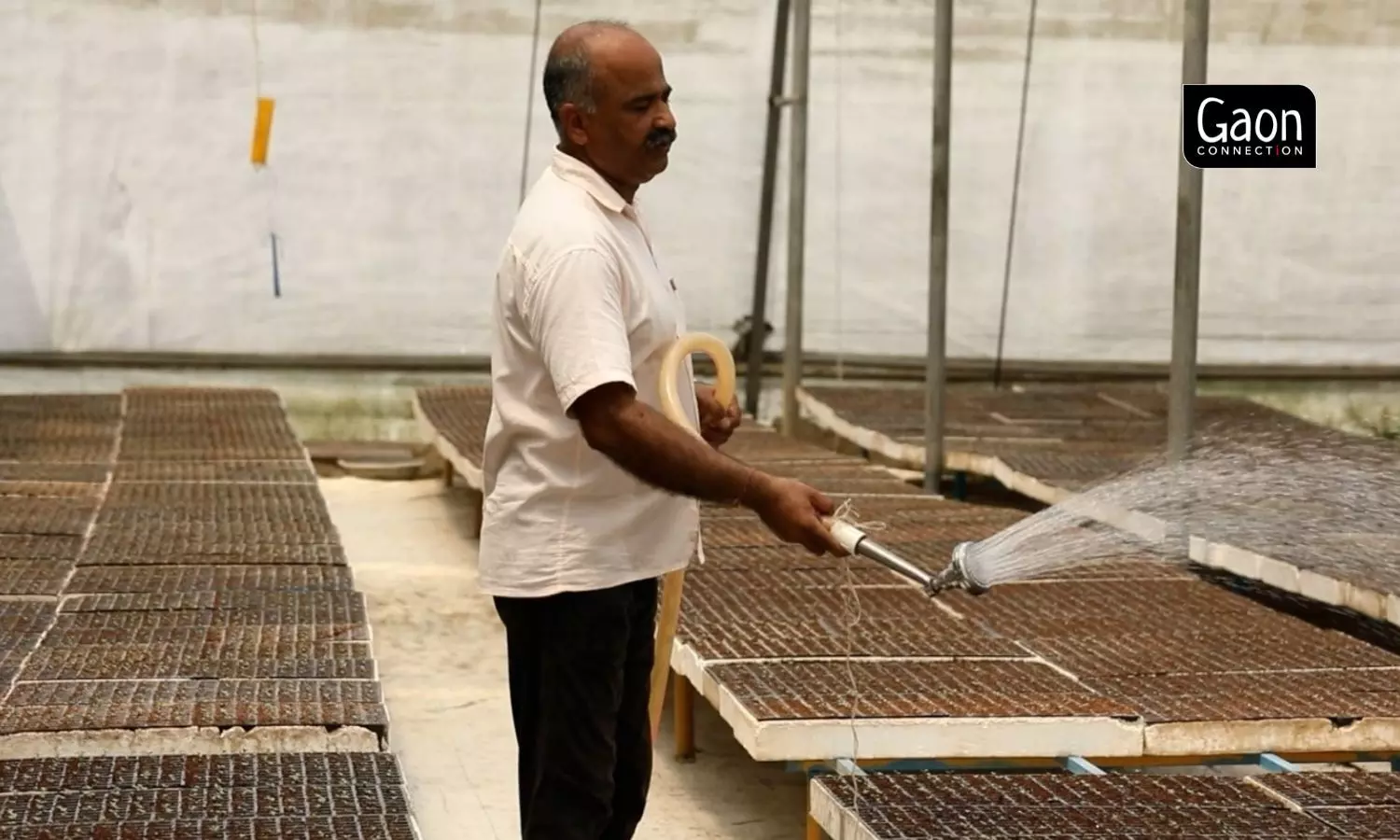
Kamboj initially leased some land jointly with two more farmers in Karnal’s Ladwa village, and experimented with growing various flowers and vegetables at the polyhouse.
“Under the Mission for Integrated Development of Horticulture, the farmers are provided with a 65 per cent subsidy for setting up a polyhouse,” said Manoj Kundu, joint secretary at Haryana’s Horticulture Department. “To set up a polyhouse, a farmer is paid Rs 844 per square kilometre and the total ceiling is Rs 4,000 per square kilometre. There are close to 2,500 farmers who have benefitted from the subsidy ever since its inception in 2011-12,” the official added.
The Centre of Excellence for Vegetables in Gharaunda of Haryana’s Karnal district was established under the Indo-Israel agricultural project in January, 2011. The institute aims at providing training to farmers, demonstration of horticulture programmes, provision of planting materials to farmers. It was at this Centre that Kamboj learned about polyhouse farming.
Kamboj was an organic farmer who used to grow multiple vegetables like mustard, sunflower, cauliflower, bell-pepper etc, on his farmland before he switched to polyhouse farming.
Kamboj initially leased some land jointly with two more farmers in Karnal’s Ladwa village, and experimented with growing various flowers and vegetables at the polyhouse. He later shifted his base to Kulri Khalsa village in Karnal’s Indri block in 2020.
Kamboj planted gerbera flowers in his polyhouse and then went on to add cucumber and bell-pepper as well.
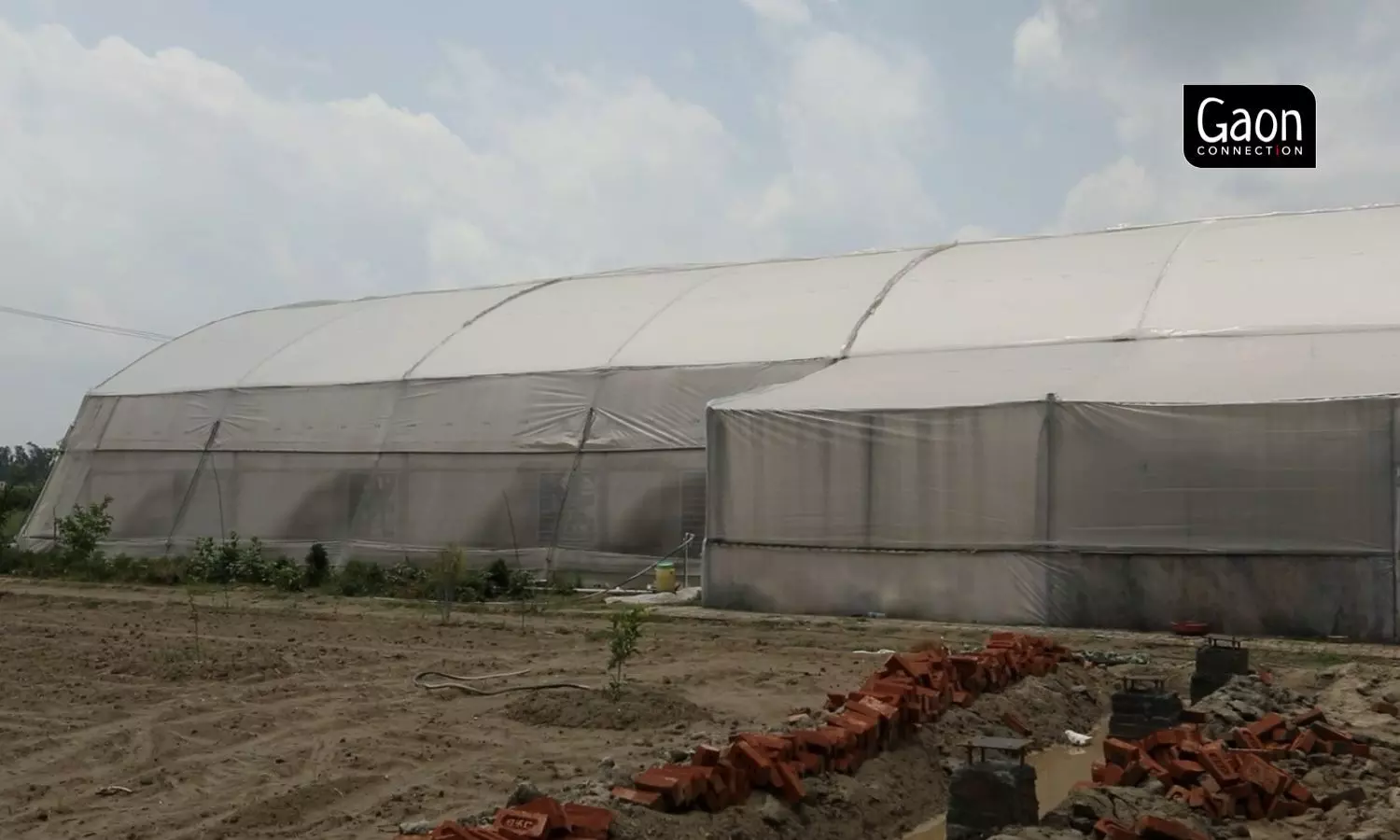
Polyhouse farming involves building a covered structure of either glass or plastic which allows the farmer to grow plants in controlled environmental conditions.
“In Haryana, there was an Indo-Israel project in Gharaunda where we were taught how to prepare seedlings. I first ventured into horticulture and grew gerbera sticks which I would sell in the mandis of Delhi and Chandigarh,” Kamboj said. “In the last two years, I have turned my polyhouse into a nursery,” he added.
Kamboj, who practises soil-less farming, informed that he set up his own firm under the name of Shiv Biotech and has transformed his polyhouse into a hi-tech nursery. “I get orders from multiple farmers and companies that work with FPOs,” the proud farmer said.
The seeds that the farmers give him are sown in coco pith. “We maintain a conducive environment in our polyhouse for the seed to grow into a sapling and within three to four weeks, it’s good to be harvested by the farmers,” the 38-year-old farmer added.
“Crop diversification is an important factor that needs to be followed by the farmers. Growing a single crop repeatedly can lead to the death of nematodes that play a beneficial role in soil,” Kamboj added.
Also Read: Angora Rabbit Project Brings Windfall to Farmers in Sikkim
Generating employment opportunities
Kamboj’s success has also helped him to expand his business which has generated employment opportunities for people in the village. He currently employs seven people in his farm, two men and five women. The men are incharge of taking care of the infrastructure of the polyhouse and the women prepare the cocoa pith, transfer the pith into trays and carefully sow seeds in each cube, which is then placed in the polyhouse until the seed sprouts.
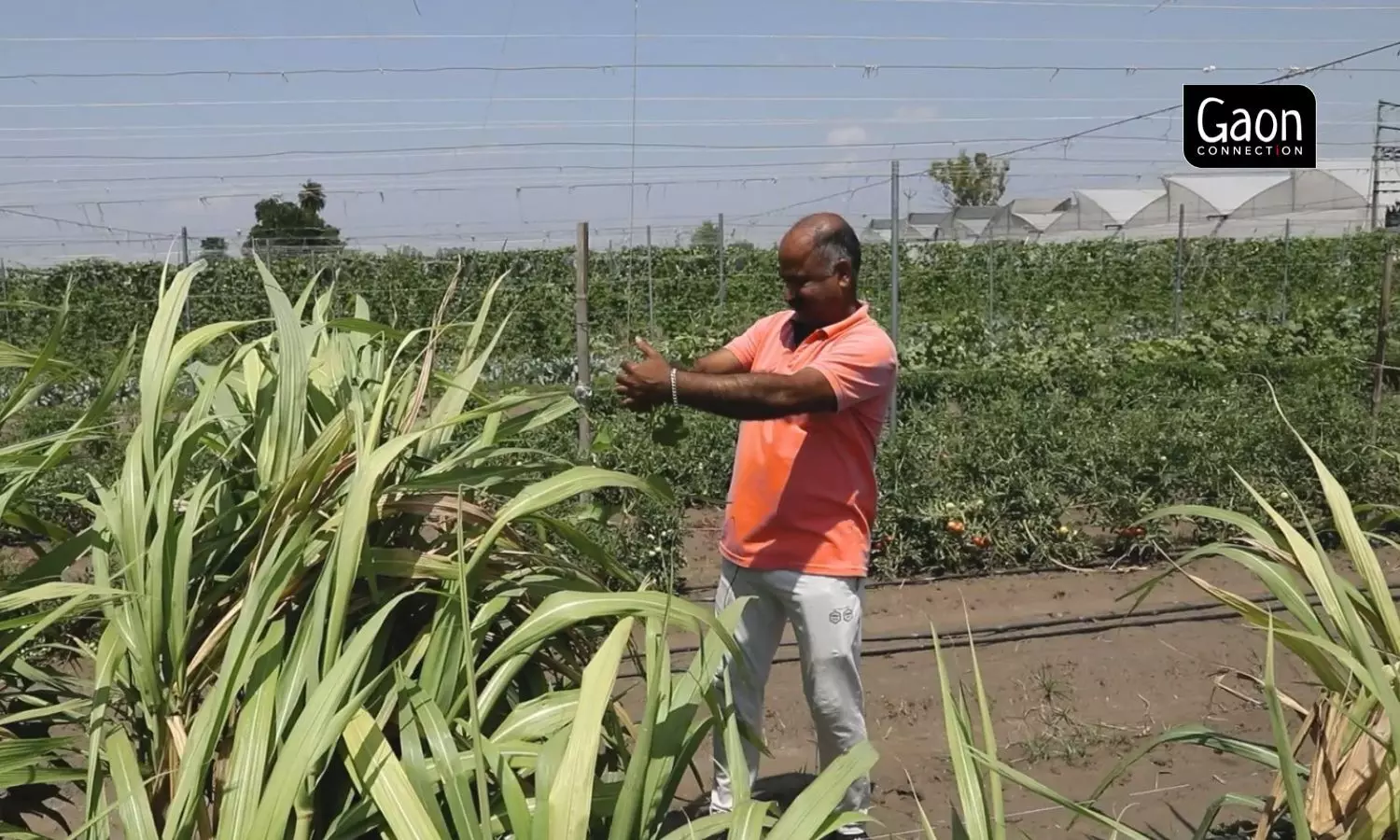
“I used to work as a labourer in other people’s farms and didn’t really have a decent source of income. My sister-in-law introduced me and I started working at the farm a few weeks back,” Manjeet Kaur told Gaon Connection.
The 38-year-old said working at Kamboj’s farm, she felt secure. “There’s a stable income and we are treated with respect which is usually not the case. I am also able to contribute to running the family which means a lot to me, especially now when the inflation is so high,” she said.
Also Read: Dairy Farming Gets a Fillip in Shopian, Kashmir
Haryana’s success at polyhouse farming
As per Kundu, one of the key components behind the success of the integrated horticulture scheme was the robust implementation from the government’s side.
“Availability of funds, involvement of all stakeholders, technology transfer to the farmers, setting up of adequate demonstration centres and development of design specification are the primary factors that have ensured the success of the scheme,” the official said.
Building further on this, Anuj Kumar, the principal scientist at ICAR-IIWBR, the main funding agency and promoter of wheat research in India, stated that while there are many other states which are doing polyhouse farming, the reason why Haryana is leading is because of the fact that the farmers had access to better resources and government policies which benefitted them in the long run.
The challenges ahead
While Kamboj is happy with his success, he shared that his transition from a traditional farmer to a polyhouse farmer wasn’t very easy. The MIDH scheme of the government allowed him to avail subsidy but he had to rely on his family and friends to arrange for the initial investment of Rs 1,200,000.
“I was able to pay off the entire sum of money within a few years from my earning from the polyhouse. However, one thing which I really struggled with was the sale of my produce. I struggled for a year because of lack of awareness about where I could sell my produce,” he recalled.
Selling the produce is still a challenge, he added.
“To sell any product, one must have aggregation and quantity. Once the farmers organised themselves, they benefited as they started sending their produce together to Delhi and mandis of other states which fetched them good profits,” he added.
Additionally, he said that in order to solve this problem, farmers should have access to more markets so that they can get a better price.
“As suggested by our prime minister, if the farmers become part of FPOs and work together, it’s an effective step which can also help to reduce transportation cost, especially when they are willing to sell their produce in a different state,” Kamboj said.
This story has been done as part of a partnership with NABARD.


